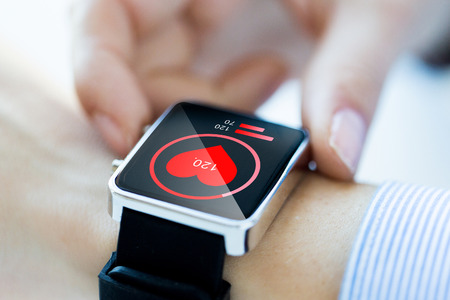
“The times they are a-changin’” is the refrain of a popular Bob Dylan song from the 1960s. While we’re pretty sure he wasn’t singing about aging in America, the words are nonetheless spot on. Companies that provide products and services to older adults see transformation ahead. Here are a few projections worth noting.
Daily life made easier
Much has been written recently about the tidal wave of baby boomers reaching retirement age and how it will change senior living and home care. We wrote about it in this blog. Baby boomers, known for diversity and individualism, will not settle for anything less than growing older in an environment that enables them to enjoy life to its fullest.
According to an AARP study, nearly 90 percent of Americans age 65+ want to stay in their current home and community as they age. This widespread desire is giving rise to innovations.
There is no shortage of products designed to simplify daily tasks like dressing, eating, grooming and bathing. From clothing with magnetic buttons to easy-grip knobs, there are many devices to help older adults remain independent in their home.
Seniors going tech
In addition to “task-helper” devices, a growing number of technology products are being developed to monitor senior health conditions and provide in-home safety. A 2013 Pew Research study reported that six in ten older adults go online, up from four in ten in a 2010 survey. This would seem to reflect a growing receptiveness to the digital age, especially among seniors ages 55-75. Given this study is three years old, it is likely safe to assume the number of senior online users has continued to grow.
A huge breakthrough for aging in place has been the growth of medical devices that allow seniors to take readings at home rather than make a trip to the doctor or hospital. These include wrist devices that monitor heart rate, stress and sleep level.
The BeClose remote monitoring system uses sensors placed throughout the home to provide real-time tracking of an individual’s daily activity. A private online dashboard allows a caregiver to determine if an older loved one has gotten out of bed, had breakfast or gone for a walk. This allows a family member to stay in touch without seeming to be intrusive. The system also includes an emergency alert button that the individual can push if they need immediate help.
Another innovative item, the Smart Contact Lens by Google and Novartis, is designed to help people with diabetes. The lenses can read the glucose levels from tears using a tiny sensor and microchip. The user can view the reading using a compatible mobile application.
These tools have the potential to enhance quality of life for older adults and their families. But it’s important these aids do not become a substitute for human assistance. Lack of interaction with others can lead to isolation, an important subject we tackle next month. Just remember, the best approach to making good use of innovative devices is to combine them with the personal touch of in-home visits from a caregiver.